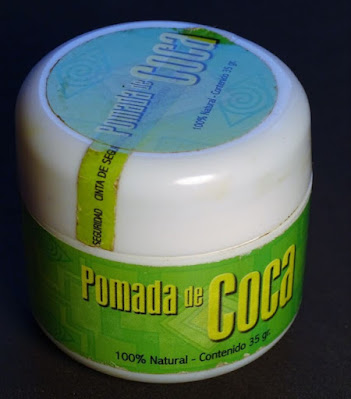Armadillo Carapace Armor
Dasypus novemcinctus - Nine-banded Armadillo
Nicaragua
The fat of the " Tatú " is used for medicinal purposes. From it, homemade syrups are made for coughs, bronchitis, asthma, rheumatism, bumps, sores etc.
The carapace of this animal regionally is used as ornament for Fashion Acessoirs (Handbags, etc.), as Music Instrument (Charango) - Ornament and as fetish in Vodoo Magic.
Queens of Leaf Cutter Ant Genus Atta
Winged and Un-Winged Specimen
Colombia / Sierra Nevada de Santa Marta - Minca / 20.th June 1991
Leaf Cutter Ants from Atta genus embody greater importance in human-animal interactions on several levels of meaning. These ants native in Central and South America form nest communities composed by up to 5 million individuals. Nests might extend over 80 square meters and reach 5 meters profound in earth. Inside the nest the ant community grows for it´s nutrition fungus on leafs that they collect in their surroundings in amazing amounts. By that way an ant nest community might defoliate a complete tree or a complete field with fresh upgropwn seedlings in only one single night. This fact attributes an enormeous economic importance to them in sites where a competition with human horticulture, agriculture or fruit growing exists. Atta species are one of the most targetted species of Plant Protection or Pest Control Industries and their products.
The Atta Ants are commonly known as Harvest Ants, Cutter Ants or Leaf-Cutter Ants but carry dozens of regionally used indigenous names and nick-names. Scientifically they are classified in 41 species in South and Central America and 2 species in North America.
Their economic importance and the danger they incarnate not only for indigenous, small scale food production have attributed to them a high range in southern American indigenous mythologies and animistic believes, where the ant generally is described with great respect as powerful and intelligent. In Mexico the Coral Snake is named vernacular "Mother of the Ants" (TZINCANANTLA) for moving inside their nests. Eating leaf cutter ants is coincident with the meaning of strengthening your sexual power, using them as aphrodisiac. The latter follows probably the anthropophag philosophy, that the person, who ingests the body of his enemy takes over the skills and powers of the latter.
In certain regions of several Central and South American countries the Atta ants have an cyclic importance as additional food respectively extraordinary delicacy. The ants emerge from their nests in great numbers to start their nuptial flight during certain weeks of always the same month every year. During these days indigenous peasants swarm out to collect or pick up by hand the great bodies of the queens and use them for food preparation of diverse dishes. Often they become toasted and eaten as crunchy, spicy delicacy. By that way the traditional peasants reduce considerably the number of new build up Atta-nests, because every single queen carries in her body the whole number of eggs necessary for the foundation of her next tribe.
Mexico - Hormigas Chicatanas
Veracruz, Oaxaca, Chiapas, Guerrero, Guanajato, Puebla, Morelos.
For consumption toasted as "chips" (botana) or mixed cooked with chilies and lemon inside traditional dishes as Chilmole, Pipian or Tlatonile.
Guatemala - Zompopos de Mayo
Toasted on "Comal" cookware and consumed with butter, salt and lemon, or as Tortillas with Guacamole.
Colombia - Hormiga Arriera, Hormiga Cortadora, Hormiga Culona Santandereana
Santander
The harvesting collection starts in November with the beginning of rain season and the simultaneous start of Cutter Ant Queen nuptial flight. Centers of collection are the towns of Barichara, Curiti, Guane, San Gil and Villanueva. The ants are prepared roasted or fried in oil with spices, packed in small plastic bags with 6 ants each and sold in specialized shops regionally or in the capital Bogotá, where the "Hormigas Santandereanas" can be aquired in "Cigarrerías" for example along the Carrera Caracas and Decima in Bogotá Chapinero for Christmas and New Year, often also used as marriage present because of their aphrodisiac effect. Recently the ant-harvests seem to reduce due to over-exploitation and dissappearance of ant nests.
Bolivia - Tujos
Larecaja Province, City of La Paz
Traditionally ants are collected with the start of the rain-season, conincident with 1st of November and "All the Saints"-festival "Todos los Santos". They are traditionally prepared fried and served with rice, plantain banana and yuca (maniok).
Brazil - Tanajuras, Ica
The ants are elaborated into a flour called Tanajura Flour, Also prepared fried with oil or manteca-butter or alternative with salt, garlic and yuca-flour.


























